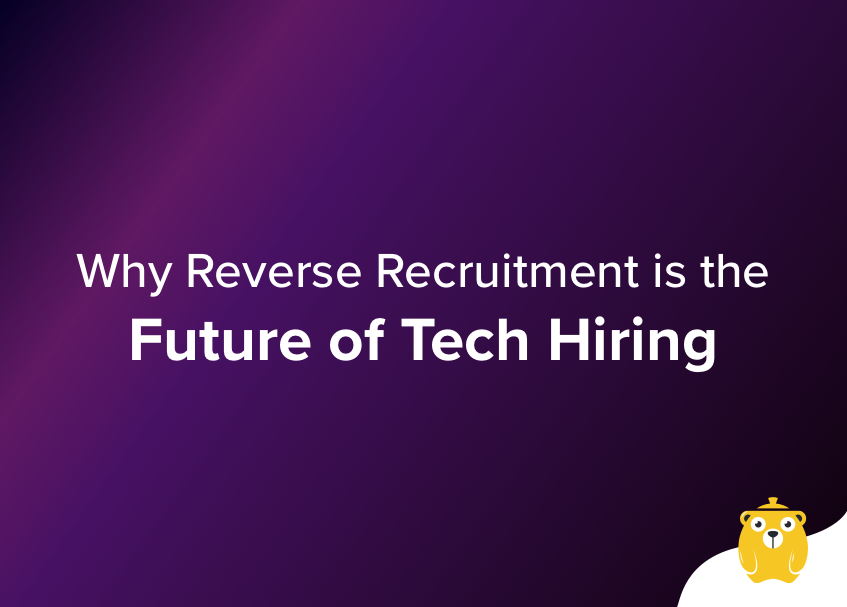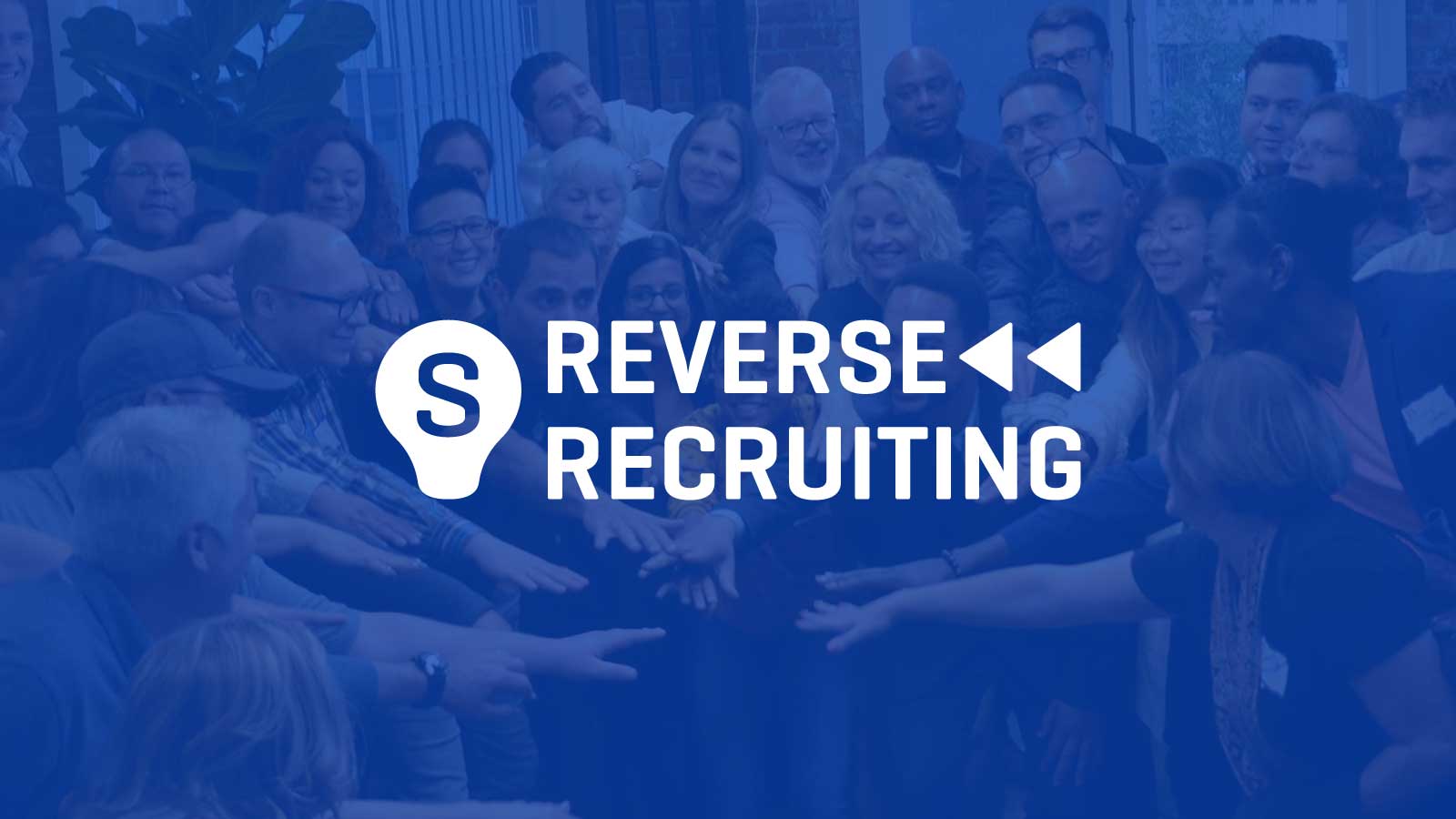Open Your Prospective: The Power of Reverse Recruiting Methods
Open Your Prospective: The Power of Reverse Recruiting Methods
Blog Article
Open the Power of Reverse Hiring Methods for Successful Ability Acquisition
By enticing top talent to look for out opportunities within your organization, reverse recruiting supplies a fresh method to attracting and retaining vital personnel. As companies aim to stay ahead in the ability game, unlocking the possibility of reverse recruiting techniques can be the secret to securing a solid and vibrant workforce.
Comprehending Reverse Hiring
Recognizing reverse recruiting is pivotal in navigating the advancing landscape of ability acquisition techniques. Unlike conventional recruitment methods where companies seek prospects, reverse recruiting entails the positive strategy of candidates seeking prospective companies. This standard change places prospects in the vehicle driver's seat, permitting them to pick companies that align with their worths, career objectives, and job choices.
Essentially, reverse recruiting empowers candidates to take control of their task search procedure by looking into firms, reaching out to employers or hiring managers straight, and showcasing their skills and experiences. For employers, this strategy presents a distinct opportunity to draw in leading ability that are really thinking about the company and its goal, promoting a much more involved and committed labor force.
Advantages of Reverse Hiring
Utilizing reverse recruiting methods can yield substantial advantages for both candidates and companies in the ability acquisition process. By being approached by companies that have already recognized them as prospective fits for their organization, prospects can really feel more valued and sought after.
Furthermore, reverse recruiting can assist companies differentiate themselves in an affordable skill market by showcasing an aggressive and forward-thinking approach to recruitment. Ultimately, the benefits of reverse recruiting extend to both prospects and employers by enhancing the hiring procedure and fostering even more purposeful links in between the 2 celebrations.

Implementing Reverse Recruiting Strategies
To efficiently incorporate reverse recruiting tactics into a skill procurement approach, organizations should prioritize proactive involvement with potential prospects. By showcasing the company society, values, and occupation development opportunities, organizations can pique the interest of potential prospects and build a talent pipeline for future demands.
Furthermore, applying personalized communication techniques can likewise improve the performance of reverse recruiting. Tailoring messages to specific candidates based on their blog here abilities, experiences, and career ambitions shows an authentic passion in their prospective fit within the company. Additionally, organizing networking events, webinars, or workshops can supply valuable touchpoints for involving with potential candidates in a more interactive and personal manner. By regularly supporting connections with top ability, organizations can remain ahead in the competitive skill acquisition landscape and protect the best candidates for their team.
Leveraging Technology in Reverse Recruiting
In the electronic age of talent purchase, harnessing technical developments is paramount for successful implementation of reverse recruiting techniques. Leveraging modern technology in reverse recruiting provides countless benefits to simplify the procedure and draw in leading skill effectively. Candidate tracking systems (ATS) play an important function in taking care of candidate information, tracking communications, and automating communication, enabling employers to concentrate on building connections with possible hires.
Making use of information analytics tools can assist employers determine the effectiveness of their reverse recruiting approaches, read the article identify areas for renovation, and make data-driven decisions to enhance the skill procurement process - reverse recruiting. By welcoming technology in reverse recruiting, organizations can stay in advance in the competitive talent market and protected leading skill efficiently.
Determining Success backwards Hiring
Having established the fundamental function of innovation in maximizing reverse recruiting approaches, the following vital step exists in successfully gauging the success of these ingenious techniques. In the world of reverse recruiting, conventional metrics like time-to-fill and cost-per-hire might not totally record the influence of these methods. Instead, measuring success backwards recruiting needs a more nuanced approach that concentrates on candidate engagement, company branding enhancement, and long-term skill retention.
One key metric to think about is prospect experience. By accumulating comments from prospects that have undergone the reverse recruiting process, organizations can gain valuable insights right into areas for enhancement and recognize staminas to take advantage of. Additionally, tracking metrics associated with employer brand perception, such as social networks sentiment and Glassdoor reviews, can offer an extra alternative view of how reverse recruiting is shaping the company's track record in the ability market.
Eventually, success in reverse recruiting must be determined not only by the efficiency of filling up duties however likewise by the high quality of hires, their alignment with business society, and their lasting efficiency within the business. By adopting an extensive technique to measuring success, companies can truly unlock the capacity of reverse recruiting approaches for successful talent acquisition.
Final Thought

Report this page